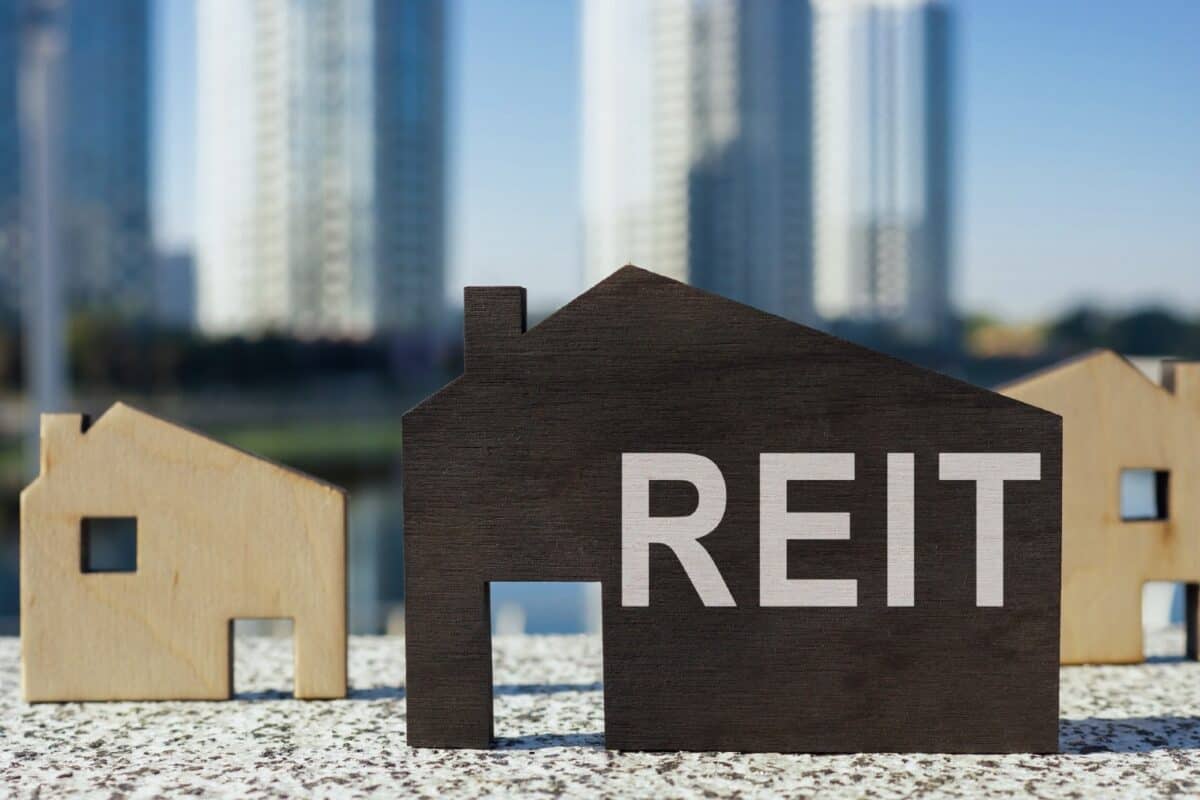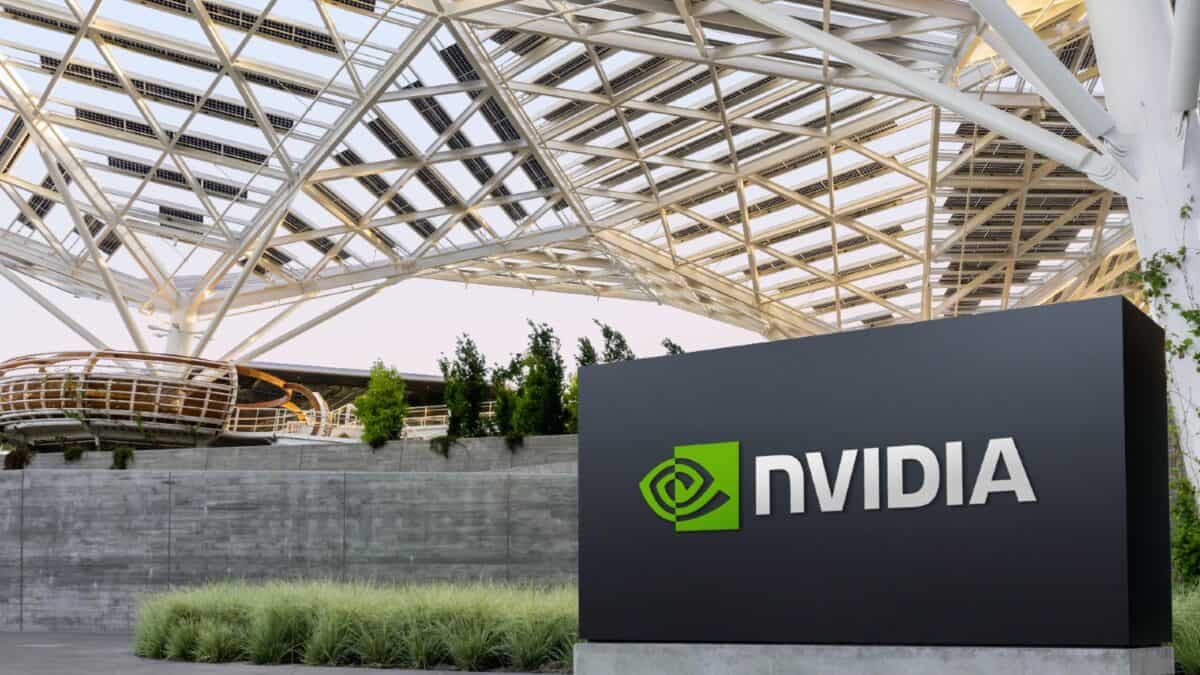Image source: Getty Images
Real estate investment trusts (REITs) are firms that lease properties to tenants and distribute their rental income to investors as dividends. And they can be a great source of passive income.
Whether it’s in the UK or the US, a number of REITs are listed on the stock market. And there’s one from the FTSE 250 that I hold in my portfolio.
Please note that tax treatment depends on the individual circumstances of each client and may be subject to change in future. The content in this article is provided for information purposes only. It is not intended to be, neither does it constitute, any form of tax advice. Readers are responsible for carrying out their own due diligence and for obtaining professional advice before making any investment decisions.
The company
The stock is Primary Health Properties (LSE:PHP). It owns and leases a portfolio of GP surgeries in the UK and Ireland, with the majority of its rent coming from the NHS.
This year, the company has returned 6.9p per share to investors in the form of dividends. That doesn’t sound like much, but with a share price of 93p, that amounts to a 7.4% yield.
That’s well above the UK average, but it’s not the most important thing. The firm has increased its dividend per share every year since 1996 and I think it’s in a good position to keep doing this.
Having the NHS as its main tenant limits the risk of rent defaults, while demand’s likely to remain strong. And that should allow Primary Health Properties to increase rents over time.
The maths
At today’s levels, 30,000 shares in Primary Health Properties generates £2,070 a year in passive income. But steady growth over a long time horizon should see this rise significantly.
I’m expecting long-term inflation in the UK to be just above 2%. So if the company can manage just 1% a year in real terms, that’s rental growth of 3% a year.
Over 30 years, this turns £2,070 a year into £6,713 a year – or £559 a month. And that’s without the firm doing anything other than increasing rents by 1% yearly in real terms.
I don’t own 30,000 shares yet. If the dividend yield stays at 7.5% I could get to that level just by reinvesting the cash I receive for 30 years, but I have a different plan for my investment.
The road to 30,000 shares
Investing regularly on a fixed schedule can be a good strategy. But I prefer to focus my buying when I think the share price adequately reflects the risks with the underlying business.
The main thing I’m keeping an eye on with Primary Health Properties is its debt. At £1.3bn, it’s about the same as the company’s market-cap and implies a loan-to-value ratio of 48%.
That’s high and brings a risk of the company having to issue more shares to reduce it in the future. That would bring down the amount each individual share receives in dividends.
As the share price fluctuates, I’m looking to buy when I think the dividend yield’s high enough to offset this risk. I wouldn’t consider this a Buy with a 5% yield, but I’d be up for it at 8%.
Dividend income
I’m hoping to grow my stake in Primary Health Properties to 30,000 shares – and beyond. But if I can’t buy the stock at a price I like, I’m happy to invest elsewhere.
Ultimately, I’m looking for the best investment opportunities I can find. And owning them in a Stocks and Shares ISA should help protect my income from dividend tax – at least for now.
Credit: Source link





![Just released: our 3 top income-focused stocks to buy in January [PREMIUM PICKS]](https://www.fool.co.uk/wp-content/uploads/2023/04/Three-fingers-1200x675.jpg)








